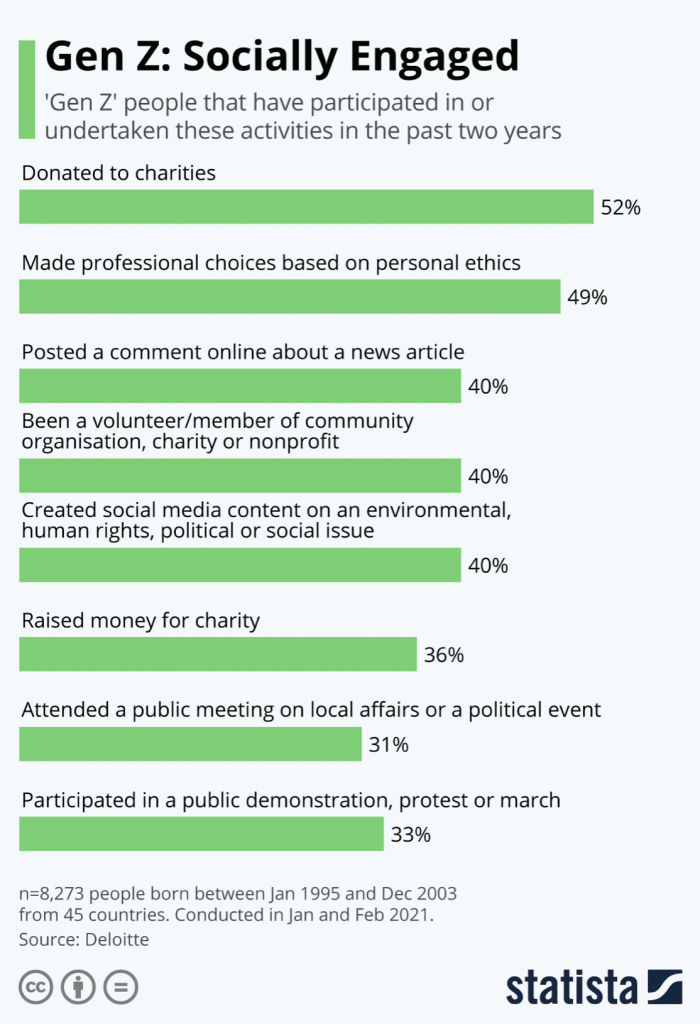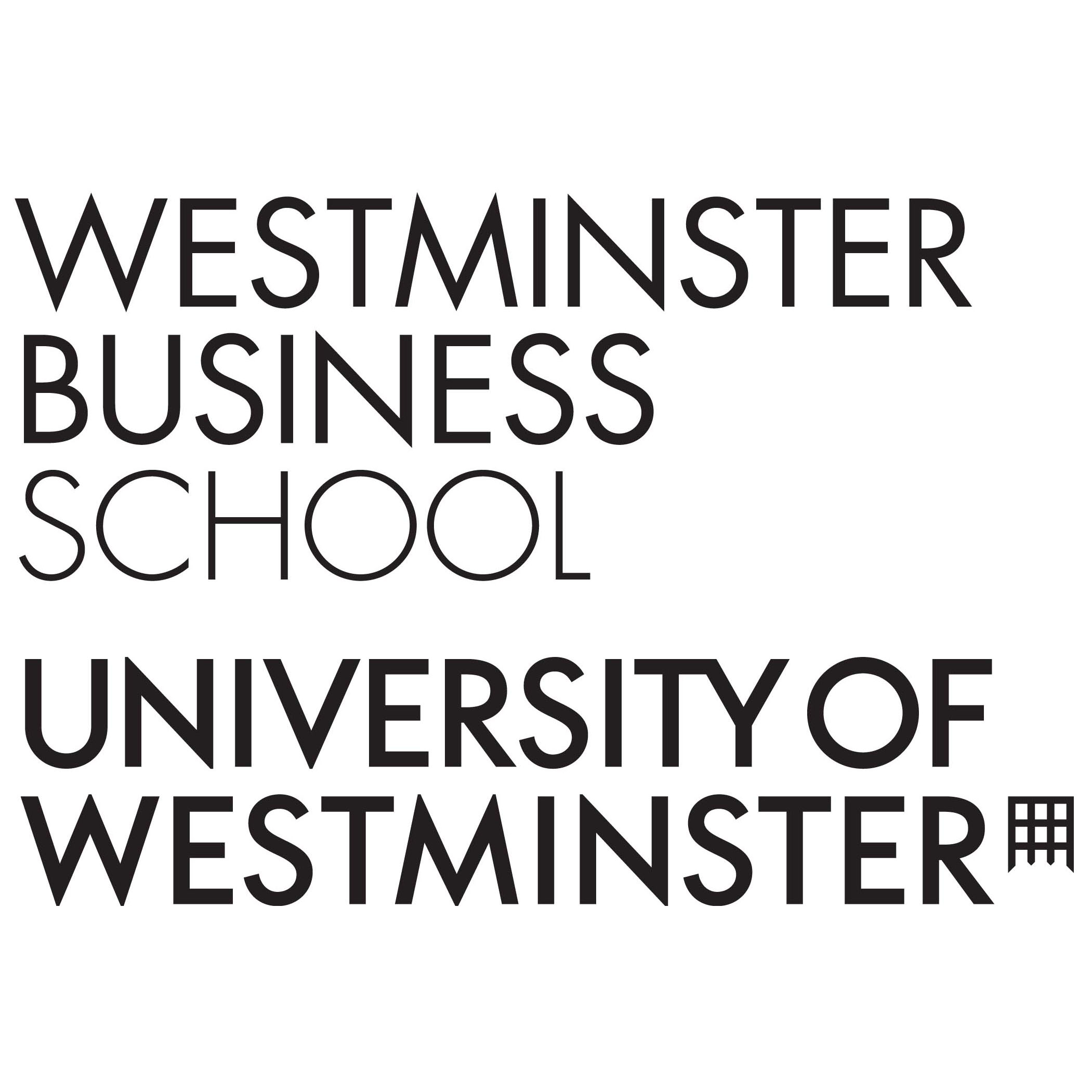
Social Media Listening
The SaGG Foundation is a non-profit organisation which seeks to sustainably empower girls and women in The Gambia through education.
The mission is to realise a Gambia where every girl is given equal access to education to reach their full potential.
Non-profit organisations are most often managed by a small team of members or volunteers, that work within a stringent budget, and therefore traditional marketing and advertising methods, or even E-marketing carried out through organic search engine optimization techniques, could prove to be a rather expensive route to take. Favourably, there are various tools and amenities made available for non-profit organizations on social media.
Social media is a multifaceted growth strategy for organisations, covering a combination of applications, or social media platforms such as, Instagram, Facebook, Twitter, Pinterest, and LinkedIn being the top game players in the industry.
The SaGG Foundation has an online presence on Instagram, Facebook, Twitter and LinkedIn, in addition to its own official website.
Social Media Audit
The present social media interaction of the SaGG Foundation is rather monotonous and disengaging in nature. Instagram, Facebook and Twitter contain the same number of posts with identical content that could prove to be disadvantageous as far as viewer engagement goes.
Engagement Overview of SaGG’s social media platforms:
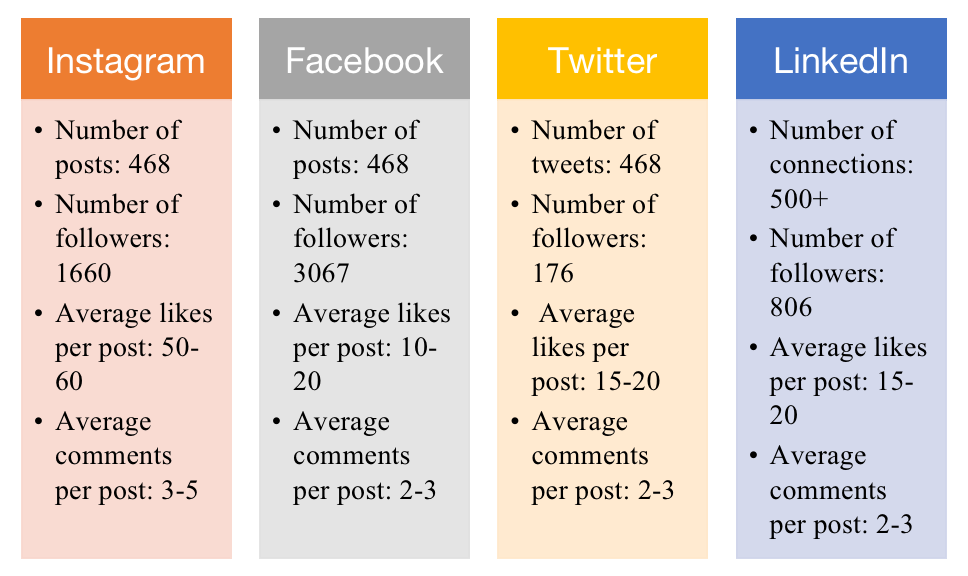
Facebook has a total of 3067 followers, the highest number of followers as compared to Instagram, Twitter and LinkedIn, with an average number of likes and comments ranging between 10-20 likes, and 2-3 comments per post, respectively.
Facebook also has a higher reach (4795 users) when compared to Instagram (915 users) as of March 2022 (Appendix 1.) Whilst, Twitter has the least number of followers and engagement rate, with a total of 176 followers with an average of 15-20 likes and 2-3 comments per post respectively.
Based on this specific information, we can conclude that Facebook brings about the maximum reach among all the other social media platforms, and Twitter bringing the least.
For the intent of this report, we will be focusing on Facebook and Instagram, as these platforms contain the most number of followers.
Instagram:
The SaGG Foundation posts regularly on Instagram and is up to date with the latest trends that includes story highlights and Instagram reels.
The page also follows a constant colour theme, which translates to a more aesthetic and uniform layout design.
However, the content used in making these story highlights and reels could be enhanced. For instance, Instagram notifies you with pop-up updates for trending songs or audio that have a high number of views, that could be used to make a reel, which translates into increased viewer engagement.
Another customary yet highly essential feature on Intagram is the use of relevant hashtags. It can be observed that hashtags are not used in many of the posts, and if used, only 4-5 keywords are being considered for that particular post. It is always beneficial to include over 10-15 keywords as hashtags that is relevant to the content being shared and in turn increase viewer engagement.
Additionally, a fund raiser could be launched on the Instagram page, which poses as a direct link to donation for the girls’ education (Appendix 2.)
Below is a table showcasing the engagement rate of posts between 29th March and 14th March 2022.
Engagement Rate = Total Engagement / Total Followers x 100% (Keyhole, 2020).
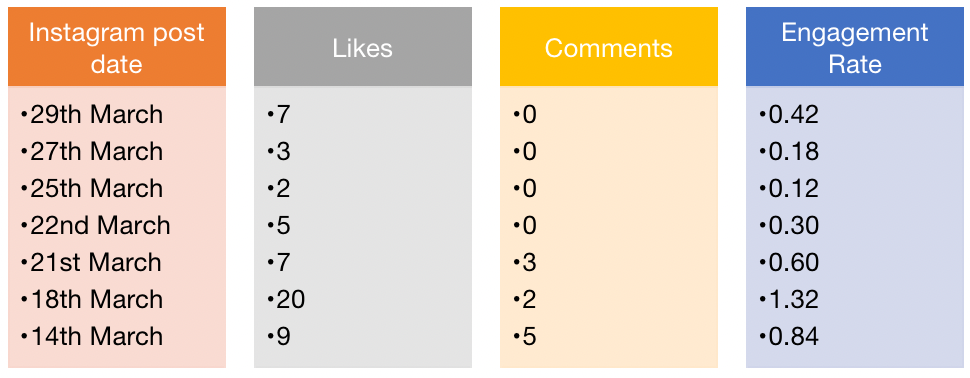
Facebook:
The content on Facebook is identical to that of Instagram. It can be observed that the exact same posts are being shared across all the social media platforms, that could affect the overall viewer reach and engagement.
As seen on (Appendix 3.) the age range of the target audience varies between Facebook and Instagram.
Instagram seems to be having a younger audience as compared to Facebook, and we could also observe the difference in the gender demographic, where Facebook has a higher engagement with the male audience.
These insights could prove to be rather essential information, as it helps in the process of content creation and design, as different target audiences have varied tastes and interests. Therefore, refraining from sharing identical posts and including different media across the two social media platforms could prove to be a boon for the Foundation.
The engagement rate of the latest posts on Facebook is rather low. This could be improved by optimizing keywords, and keeping the captions short, quick to read, and engaging at the same time. This could capture viewers’ attention quickly and entice users to stop scrolling and engage.
Engagement Rate = Total Engagement / Total Followers x 100% (Keyhole, 2020).
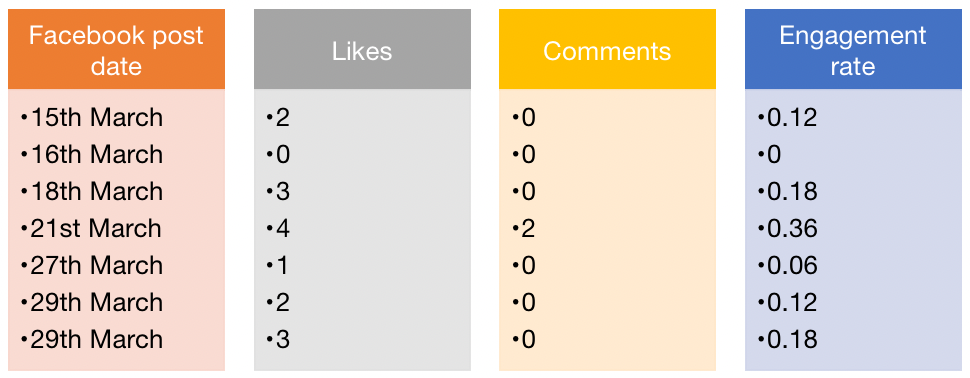
Competitor Analysis:
A competitive analysis can help you learn the insights of how your competition works, and identify potential opportunities where you can improve and adapt to growing new strategies.
For this audit, we are considering CAMFED and Actionaid, who have similar goals and objectives.
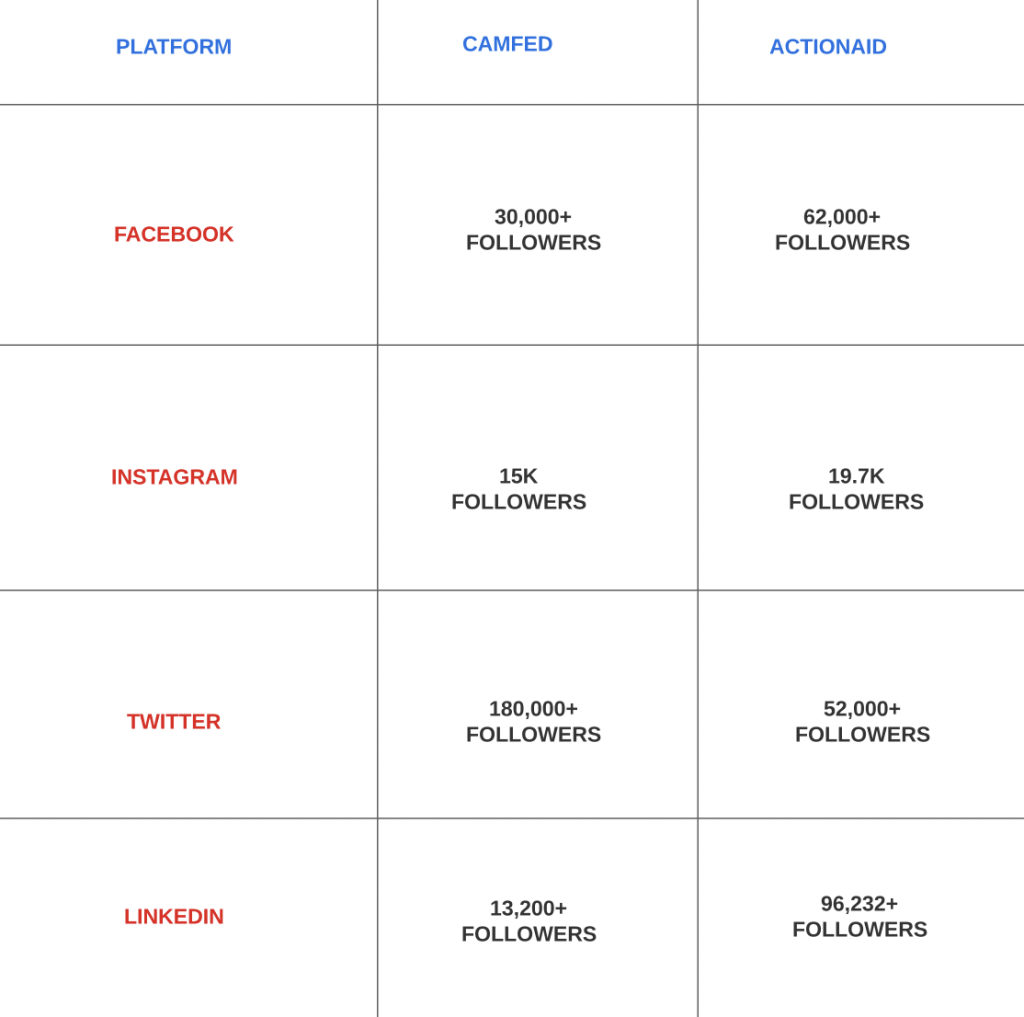
CAMFED and Actionaid participate increasingly on Facebook, Instagram, Twitter and LinkedIn.
CAMFED in particular collaborates with inspiring and well-established women that are recognised in their field of achievements, by carrying out Q&A sessions, IGTV videos and reels, in order to inspire young girls to go out and achieve their goals.
Content like this could draw in higher engagement among viewers. CAMFED is also highly active on Twitter, and are a part of various resourceful and educational events.
Actionaid, has over 2000+ posts on both Instagram and Facebook, while the engagement rate is rather low as compared to CAMFED.
Actionaid is a global non-profit organization, and covers real time issues and activities. The organization shares numerous images and videos on their pages, that leave a gripping impact on the audiences. Emphasizing on the severity of the issue through multi-media content such as images, and live videos, could bring out the feeling of concern and affection among viewers, therefore directly increasing engagement time on the social media pages.
The SaGG Foundation would benefit greatly, by including such strategies and tactics, as it shares similar or corresponding goals.
Recommendations:
Based on the collected information, the primary suggestion for the SaGG Foundation, is to include diverse, and varied content across all its social media pages.
(Appendix 3.) shows the distinct comparison between the audience demographic, on Facebook and Instagram which proves a very important point, which is, content choice among the viewers. Different groups, prefer different media, hence adapting to various content choices is essential.
Based on (Appendix 4.) Facebook remains the leading social media platform used by marketers, in order to capture high engagement and interaction. Therefore posting content with optimized keywords and engaging media could prove to be beneficial to the Foundation.
(Appendix 5.) showcases Gen-Z as a social group, of which 52% of the population donated to charities via social media. This proves that targeting Gen-Z could be an advantageous outcome for the organization. The statistics from a Business Insider survey back the known fact, showing that 65% of Gen-Z checks Instagram on a daily basis, while only 34% does the same on Facebook.
SaGG Foundation could focus on targeting Gen-Z to a greater extent, as this particular social class is defined as the class to be more dynamic and responsive when it comes to advocating for a social cause.
The Foundation could do this by inculcating the latest social media trends such as Instagram reels containing trending audio, IGTV, experimenting into the TikTok world, and carrying out Influencer Outreach programs that have been adopted by similar non-profit organisations as mentioned earlier in the competitor analysis section of this report.
References:
BigCommerce. 2022. What is a social media audit? Optimize your social media for ecommerce | BigCommerce. [online] Available at: <https://www.bigcommerce.co.uk/ecommerce-answers/what-is-a-social-media-audit-how-to-do-it/> [Accessed 31 March 2022].
Keyhole. 2022. How Do I Calculate Engagement Rate?. [online] Available at: <https://keyhole.co/blog/how-do-i-calculate-engagement-rate/> [Accessed 31 March 2022].
Social Media Marketing & Management Dashboard. 2022. 23 Simple Ways to Increase Facebook Engagement (Free Calculator). [online] Available at: <https://blog.hootsuite.com/increase-facebook-engagement/> [Accessed 31 March 2022].
White, C., 2022. What’s a Competitive Analysis & How Do You Conduct One?. [online] Blog.hubspot.com. Available at: <https://blog.hubspot.com/marketing/competitive-analysis-kit> [Accessed 31 March 2022].
Social Media Marketing & Management Dashboard. 2022. Social Media for Nonprofits: 11 Essential Tips for Success. [online] Available at: <https://blog.hootsuite.com/social-media-for-nonprofits/> [Accessed 31 March 2022].
2022. [online] Available at: <https://sproutsocial.com/insights/facebook-stats-for-marketers/> [Accessed 31 March 2022].
https://www.instagram.com/saggfoundation/
https://www.facebook.com/SponsoraGambianGirl
https://www.saggfoundation.org/about-us.html
Appendix:
Appendix 1.
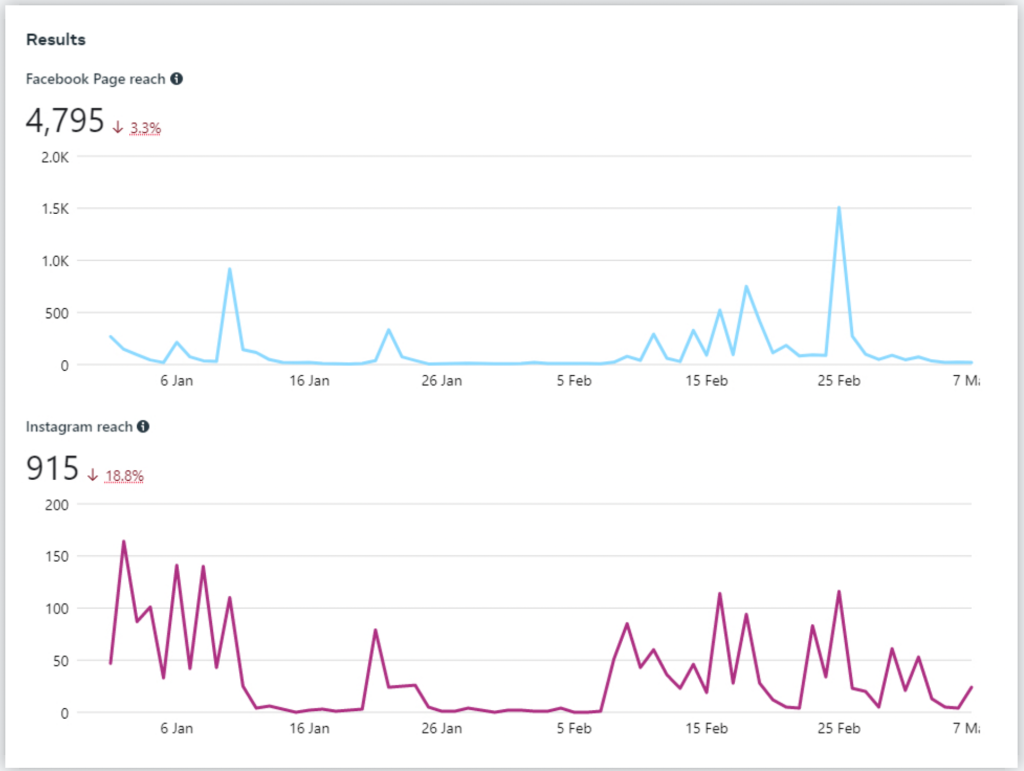
Appendix 2.

Appendix 3.
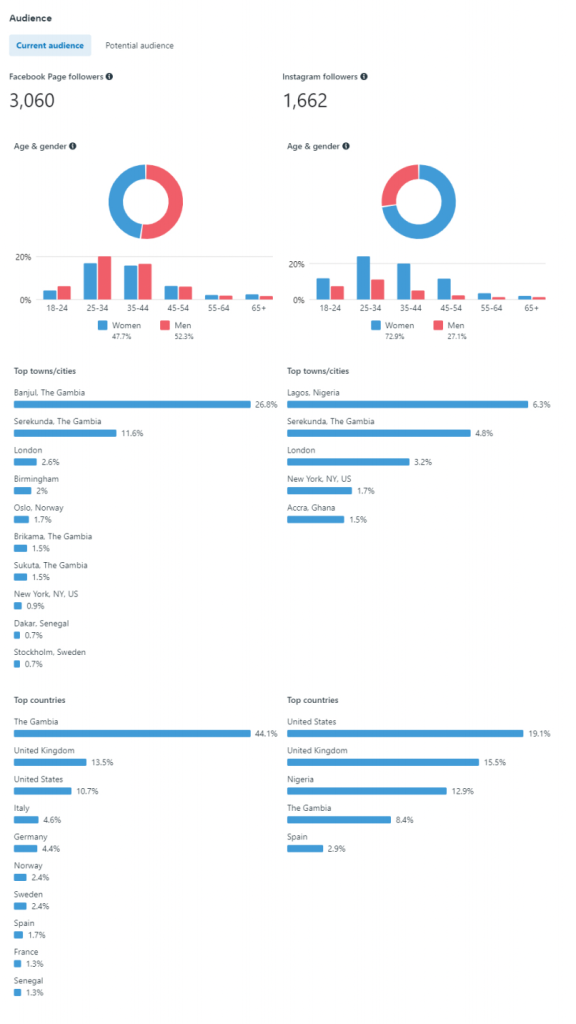
Appendix 4.
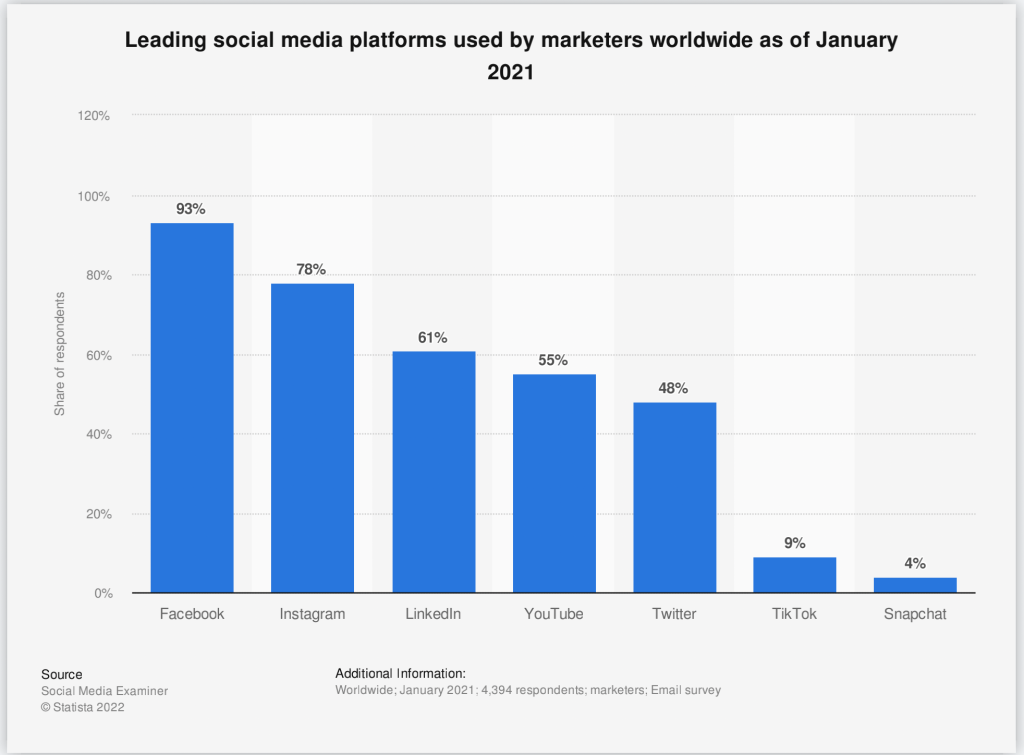
Appendix 5.
